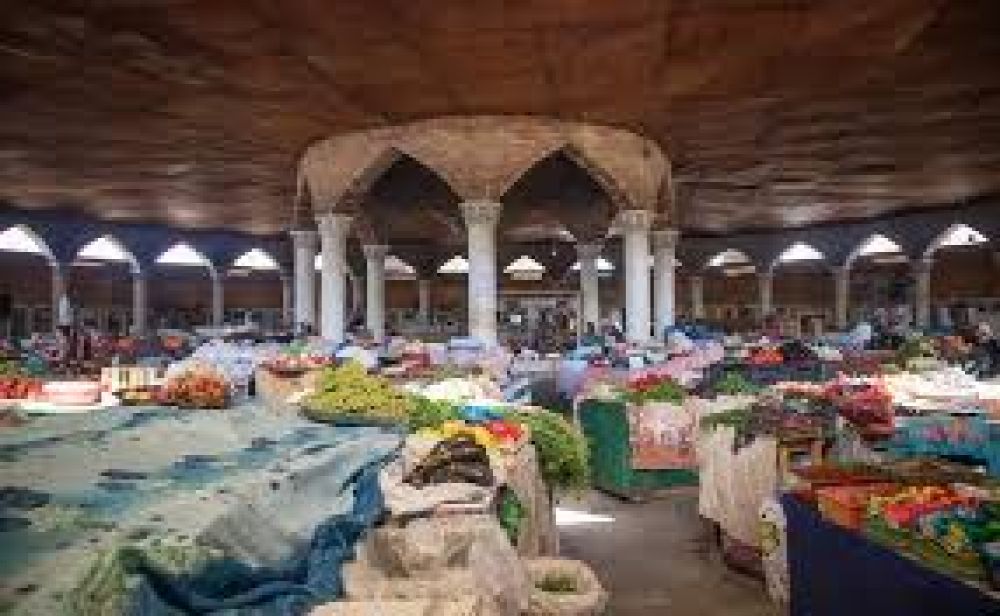

Nestled in the heart of the city of Panjakent in Tajikistan, the Panjakent Bazaar offers visitors a rich tapestry of history and culture, flourishing as a vibrant hub for trade and social gatherings. This historic marketplace has been at the epicenter of Panjakent's community life and has played a critical role in the development of tourism in the region.
Originating in the pre-Islamic era, the bazaar has been the lifeblood of Panjakent since the 5th century. It was once a thriving stop along the ancient Silk Road, where merchants from different parts of the world would converge to trade goods ranging from spices and textiles to precious metals and gems. The market has evolved throughout the ages, absorbing cultural influences, and surviving through times of change, standing as a testament to the region's resilience and adaptability.
While the foundations of the bazaar's role in tourism are deeply historical, its prominence in Tajikistan's tourism industry has become increasingly important. As a critical aspect of the country's cultural heritage, the bazaar attracts tourists keen on experiencing the authentic local lifestyle and customs of Panjakent. Visitors can explore the traditional stalls, engage with the friendly vendors, and purchase a variety of traditional Tajikistani crafts and goods.
Today, the Panjakent Bazaar continues to draw visitors from around the globe, thriving not just as a historical site, but as a place of cultural interaction. With the rise of responsible tourism, there has been an increasing interest in sustainable practices within the market, such as the promotion of local artisans and organic produce. Additionally, experiential travel is on the rise, with visitors looking for immersive experiences that allow them to participate in the daily life of the bazaar, including cooking classes and craft workshops.
When planning a trip to the Panjakent Bazaar, it's crucial to be considerate of the cultural norms and conduct oneself with respect towards the vendors and other visitors. Local guides are available to provide in-depth knowledge about the bazaar's history and the significance of the various goods on offer. The best times to visit are in the early morning or late afternoon when the market is bustling with activity and the full array of products is on display.
The bazaar is open daily and is most active on weekends. There is no entrance fee, but bringing local currency is advisable for purchases as most vendors do not accept credit cards. While haggling is common, remember to do so with courtesy and enjoy the process as part of the local shopping experience.
Immerse yourself in the history and culture of Tajikistan at the Panjakent Bazaar—a destination where ancient traditions meet contemporary tourism, and every visit reveals a layer of the Silk Road's storied past.